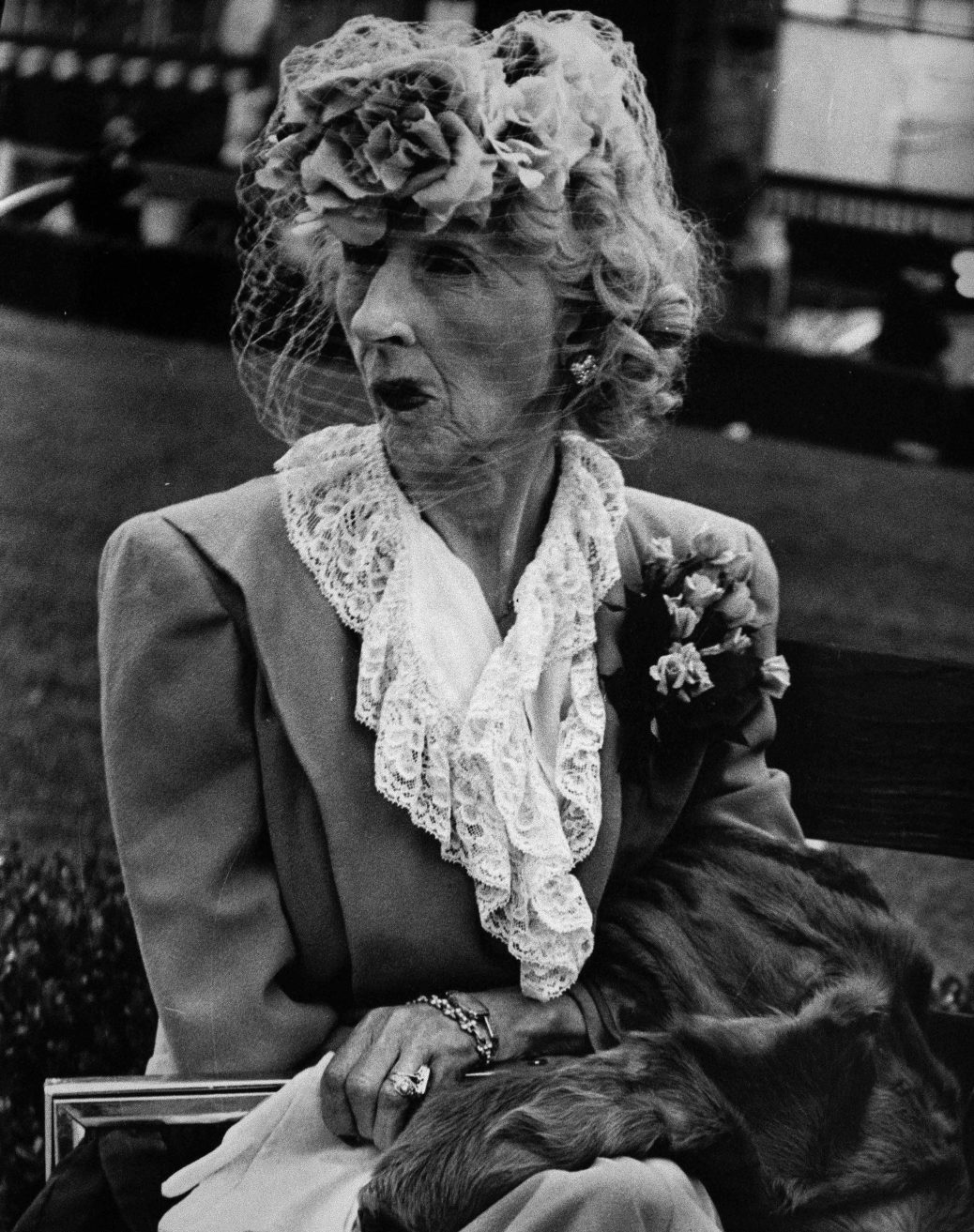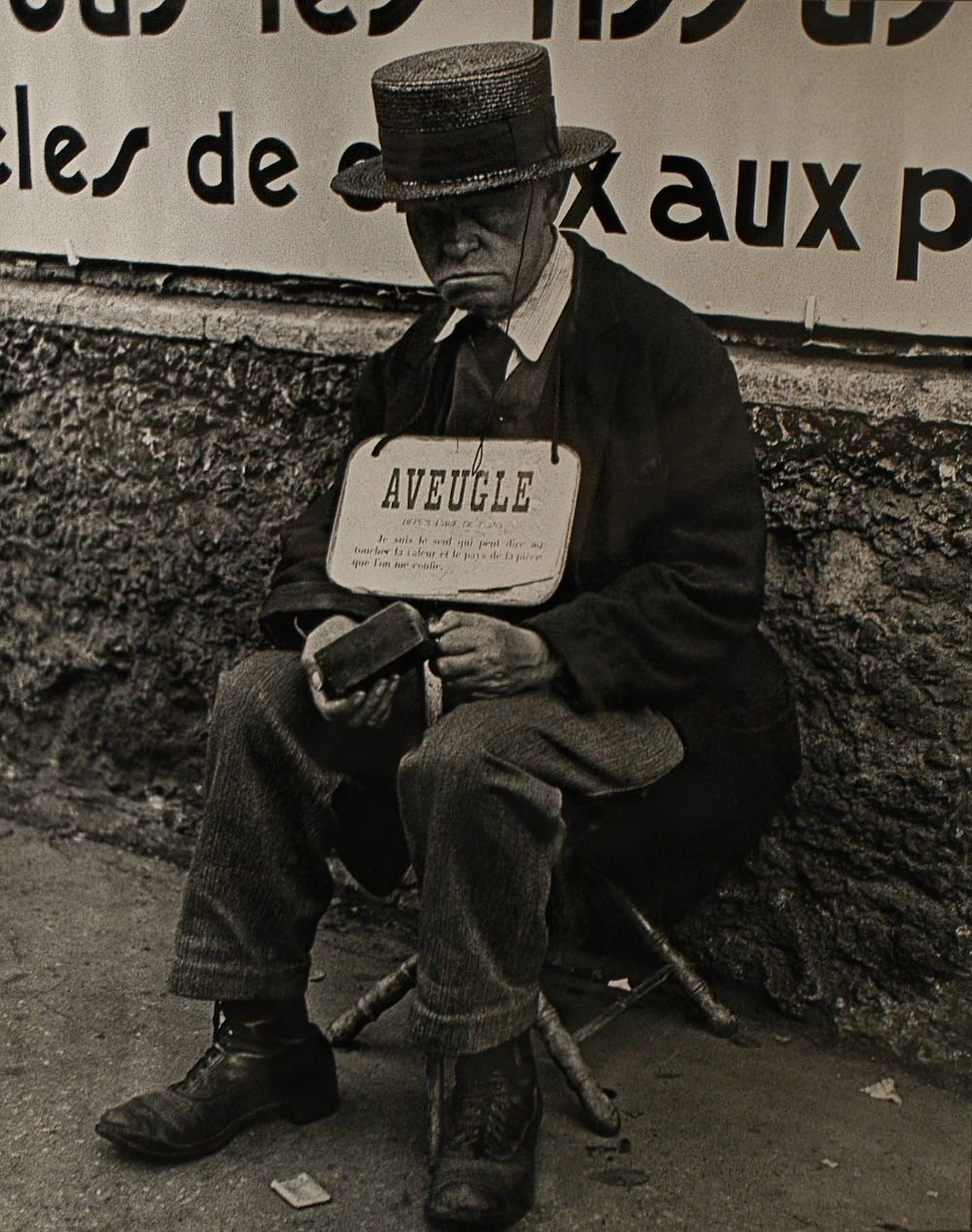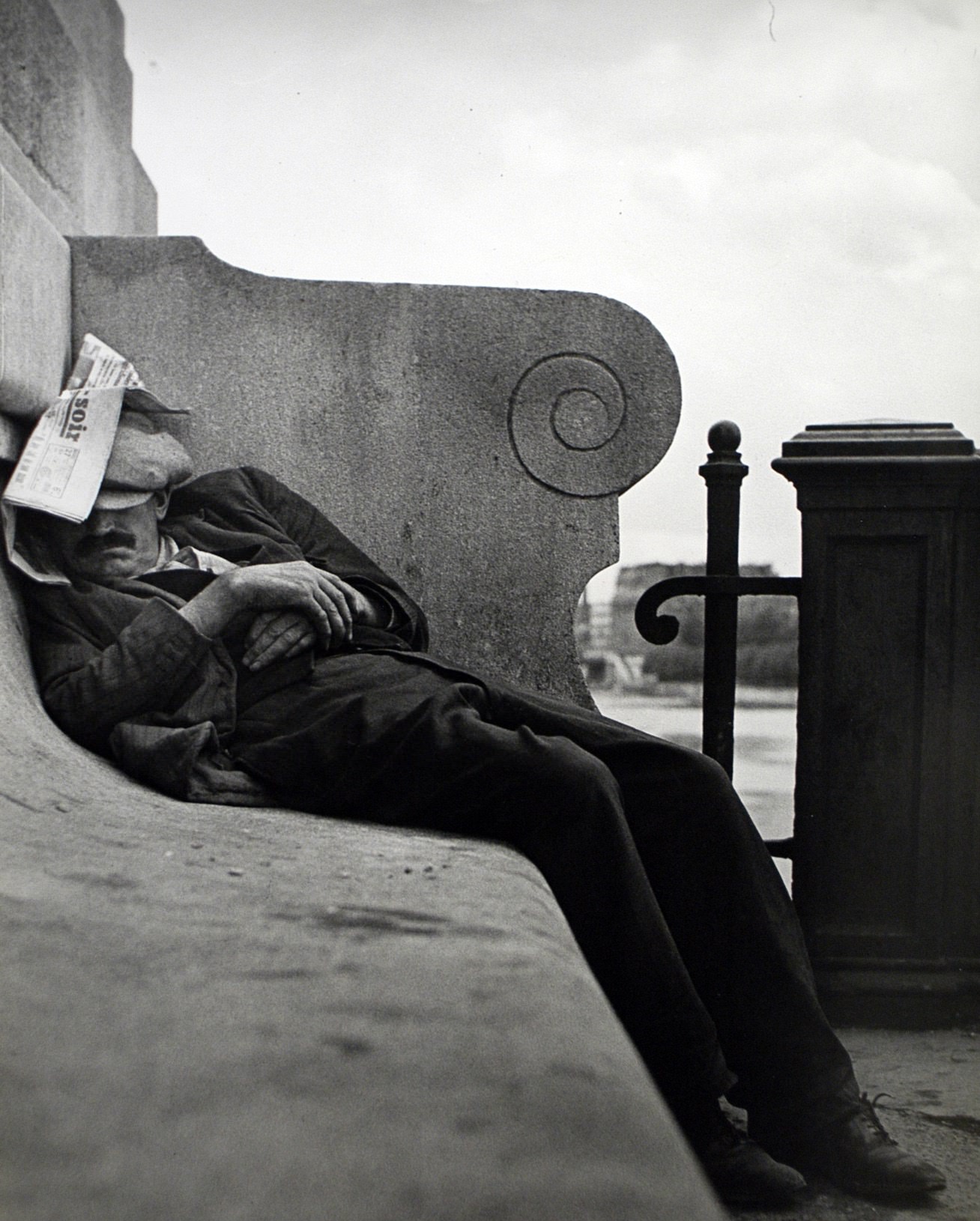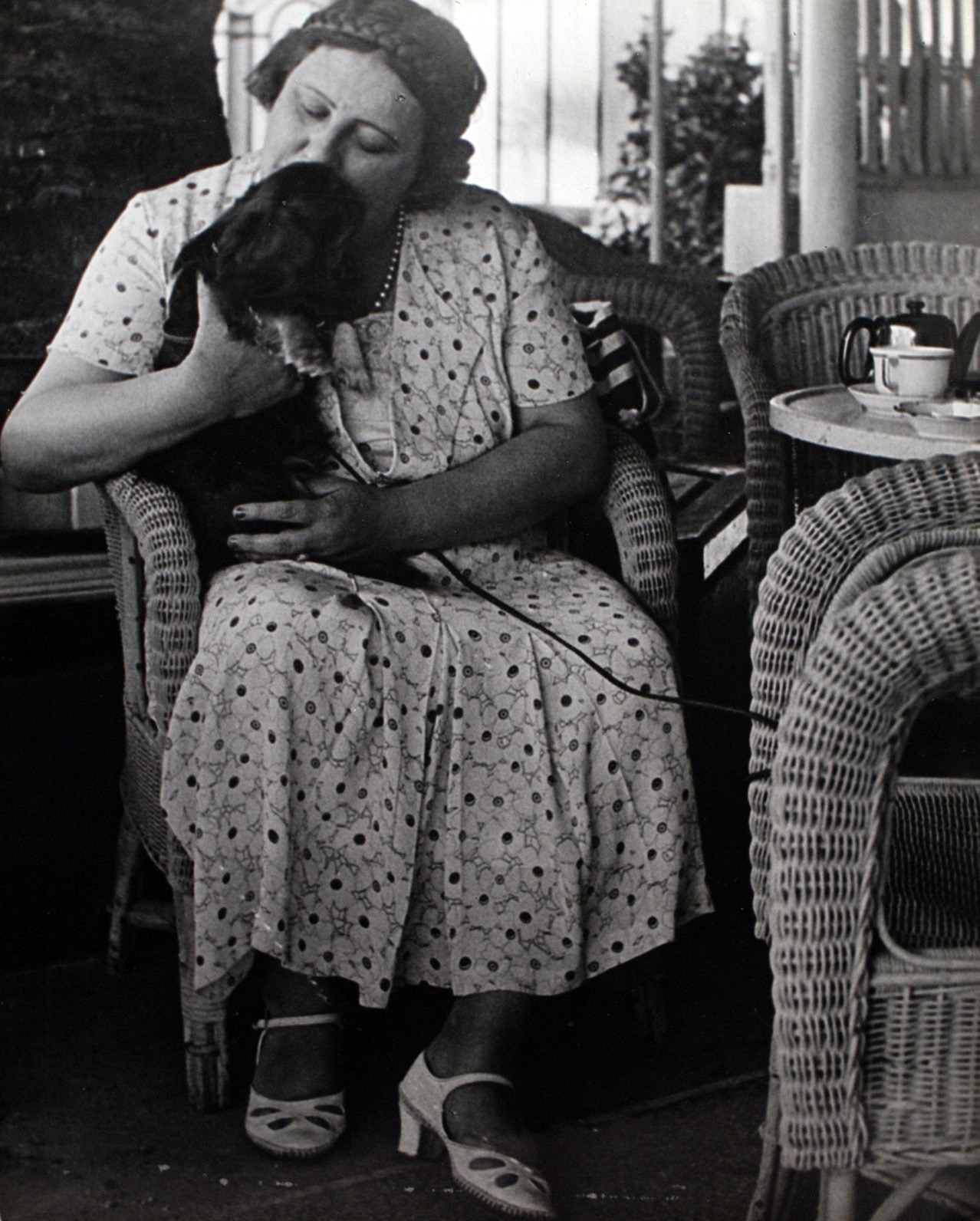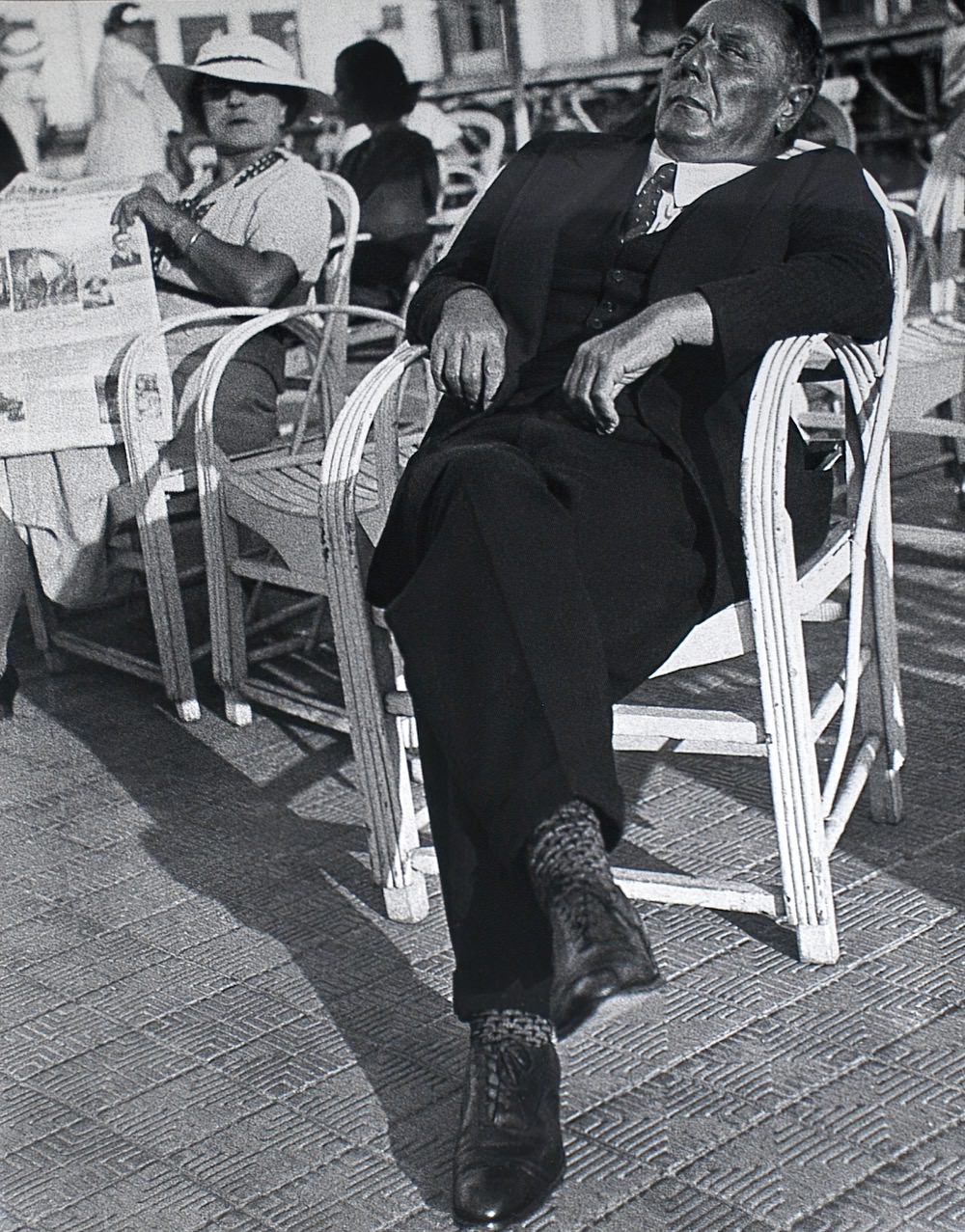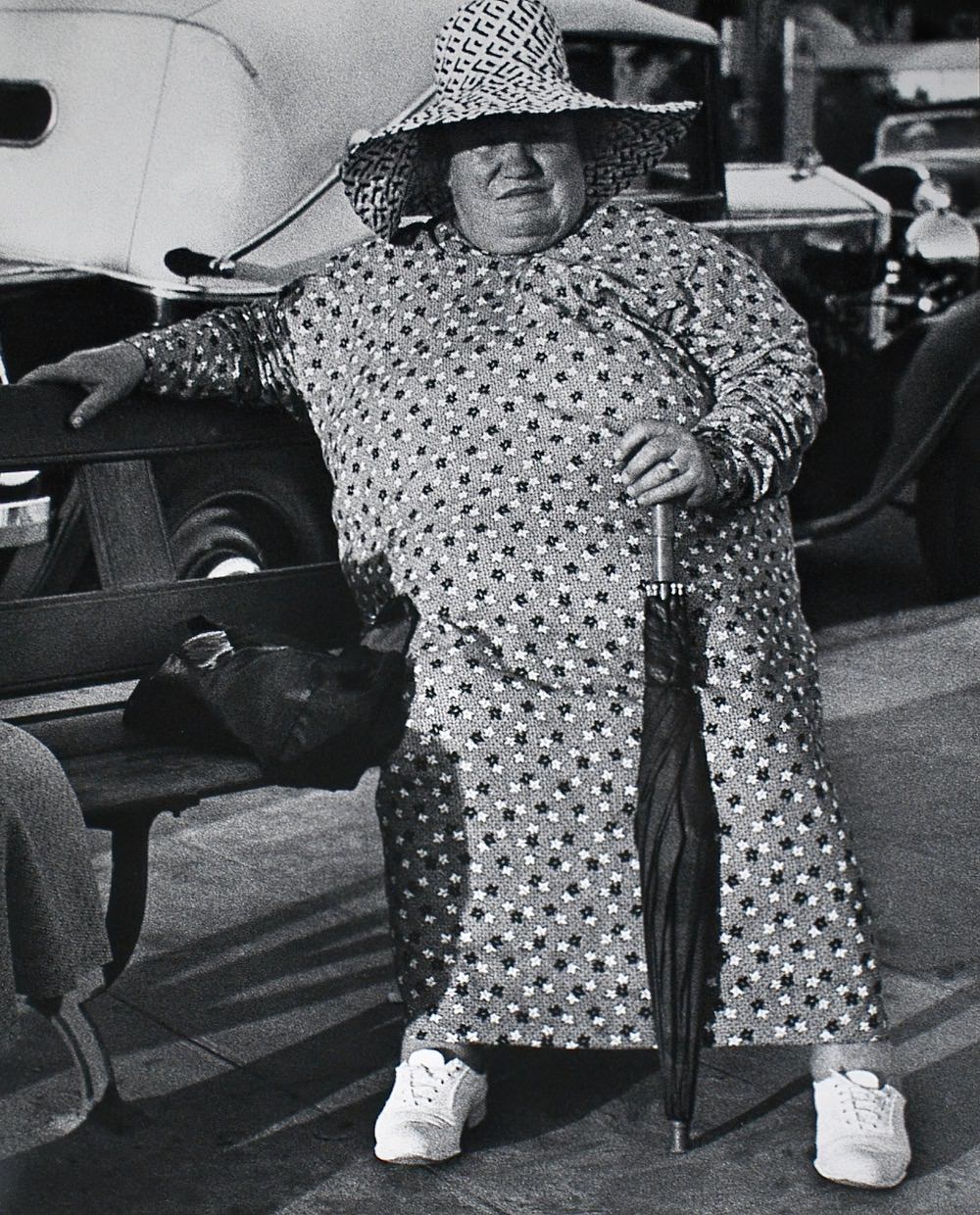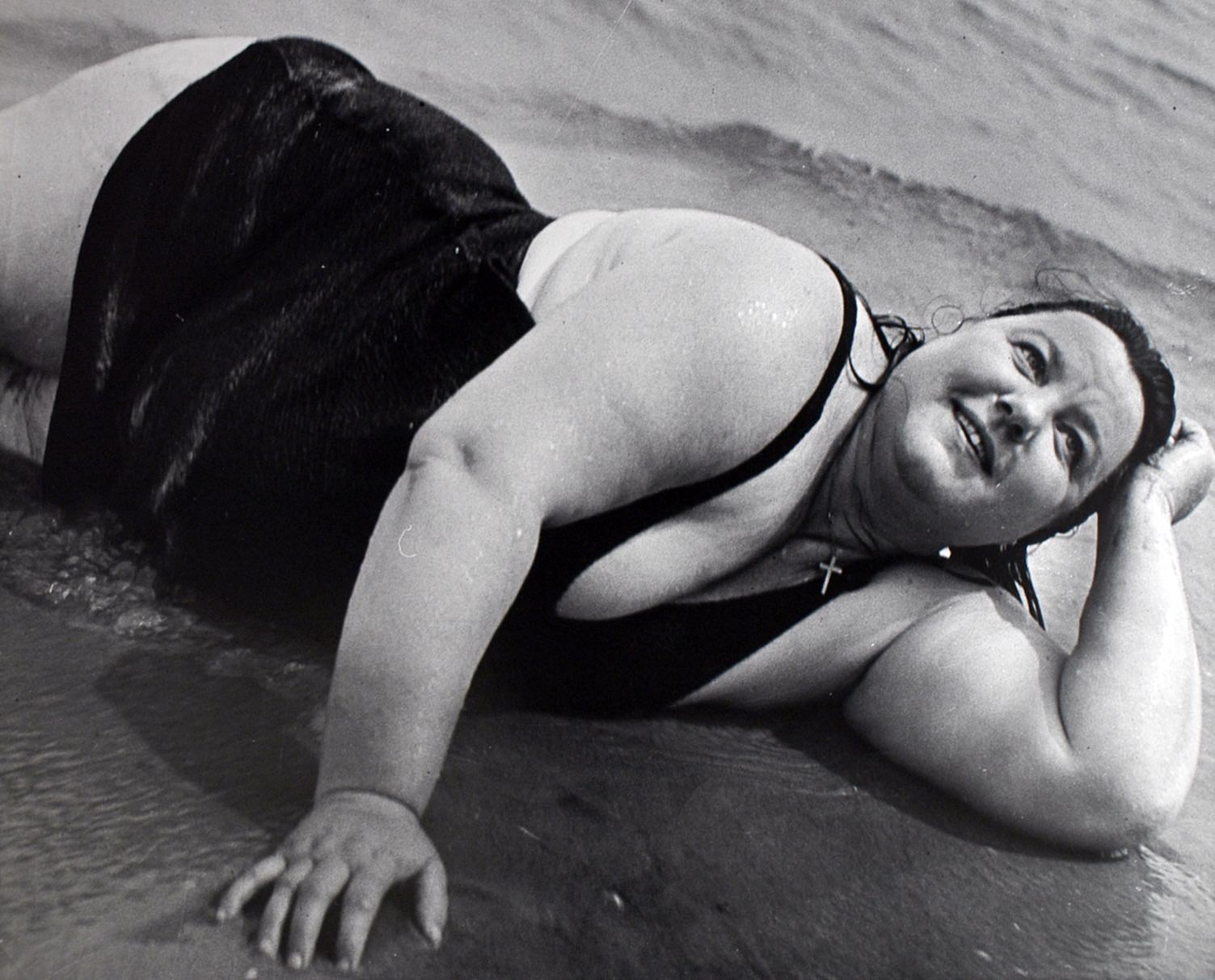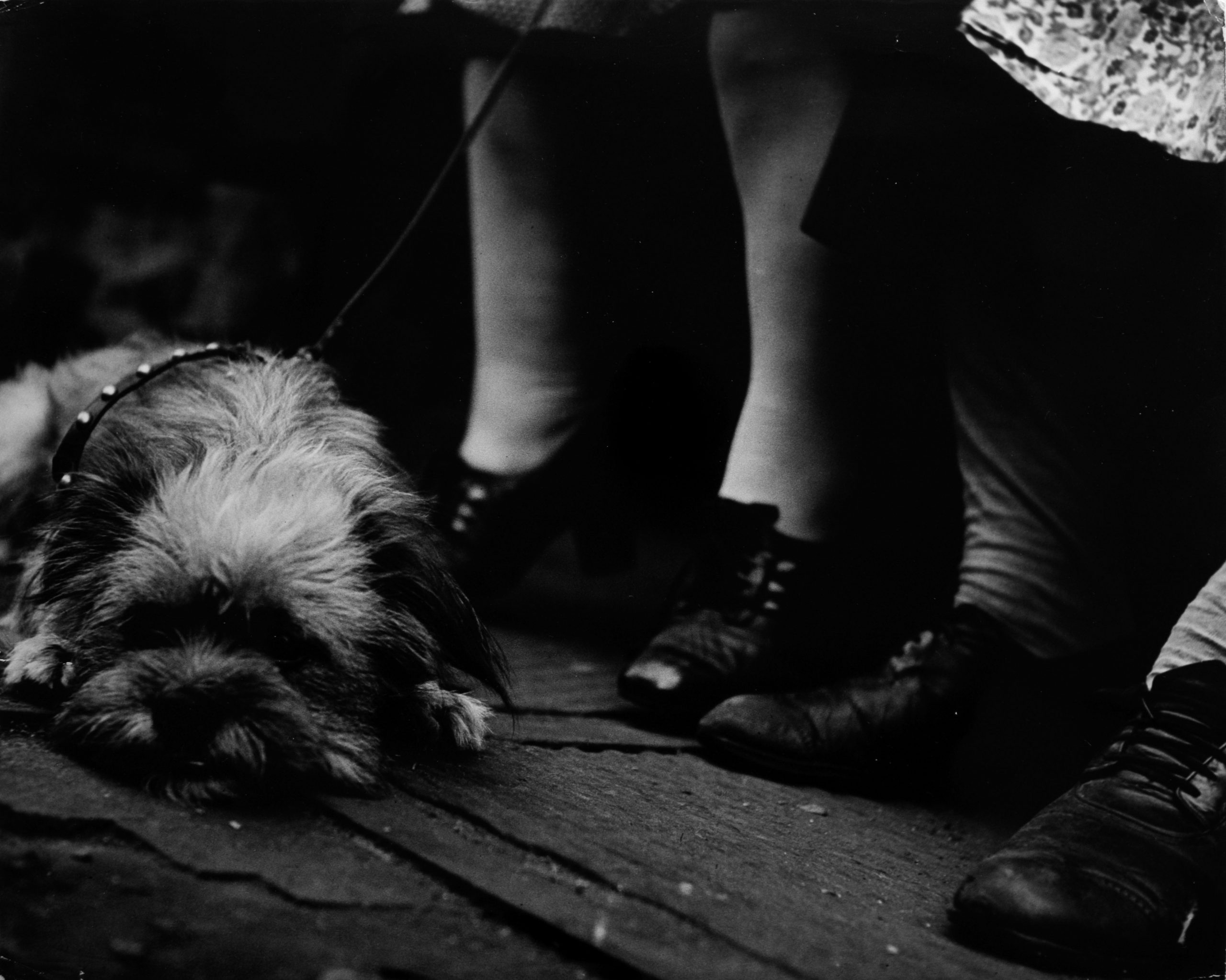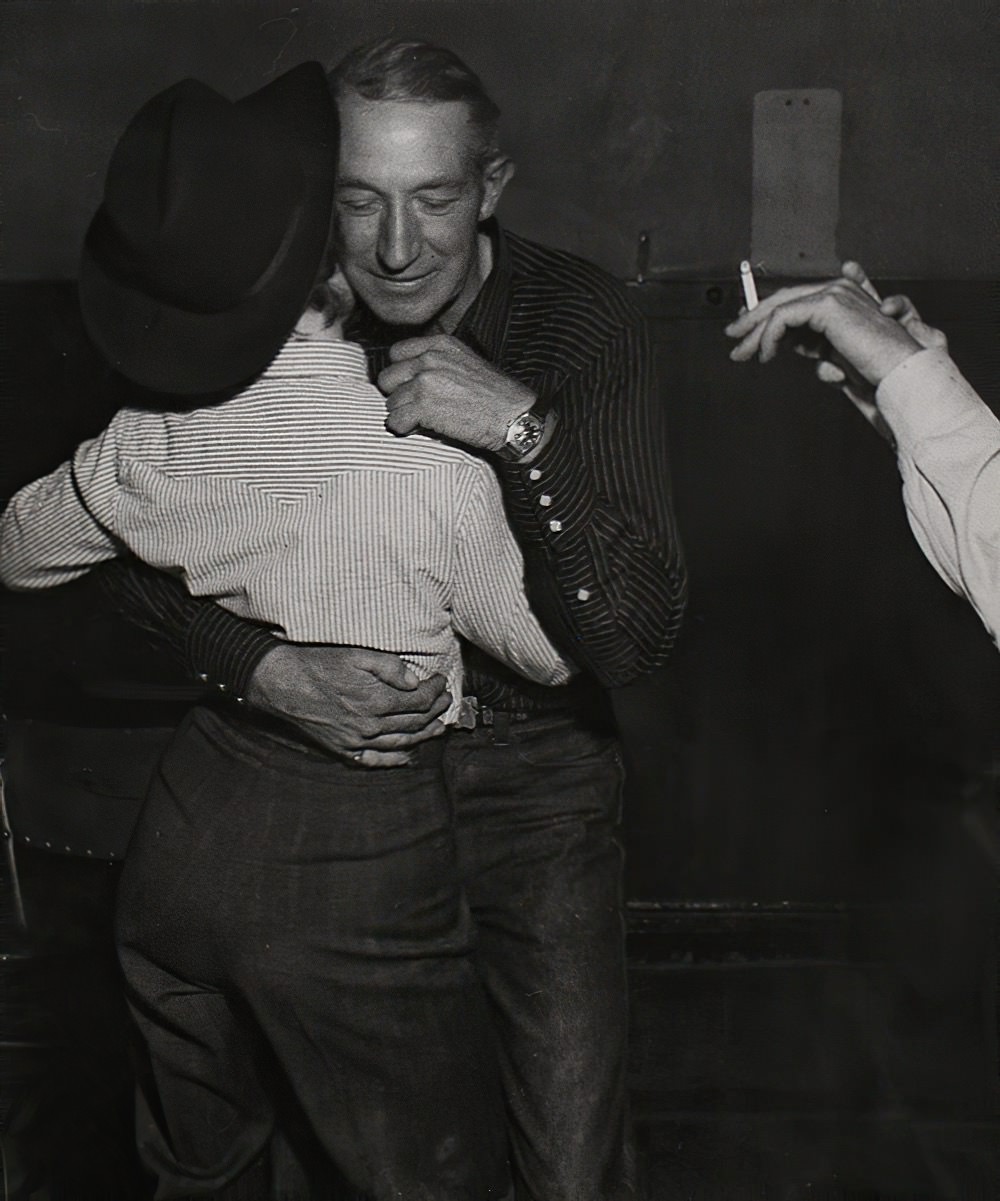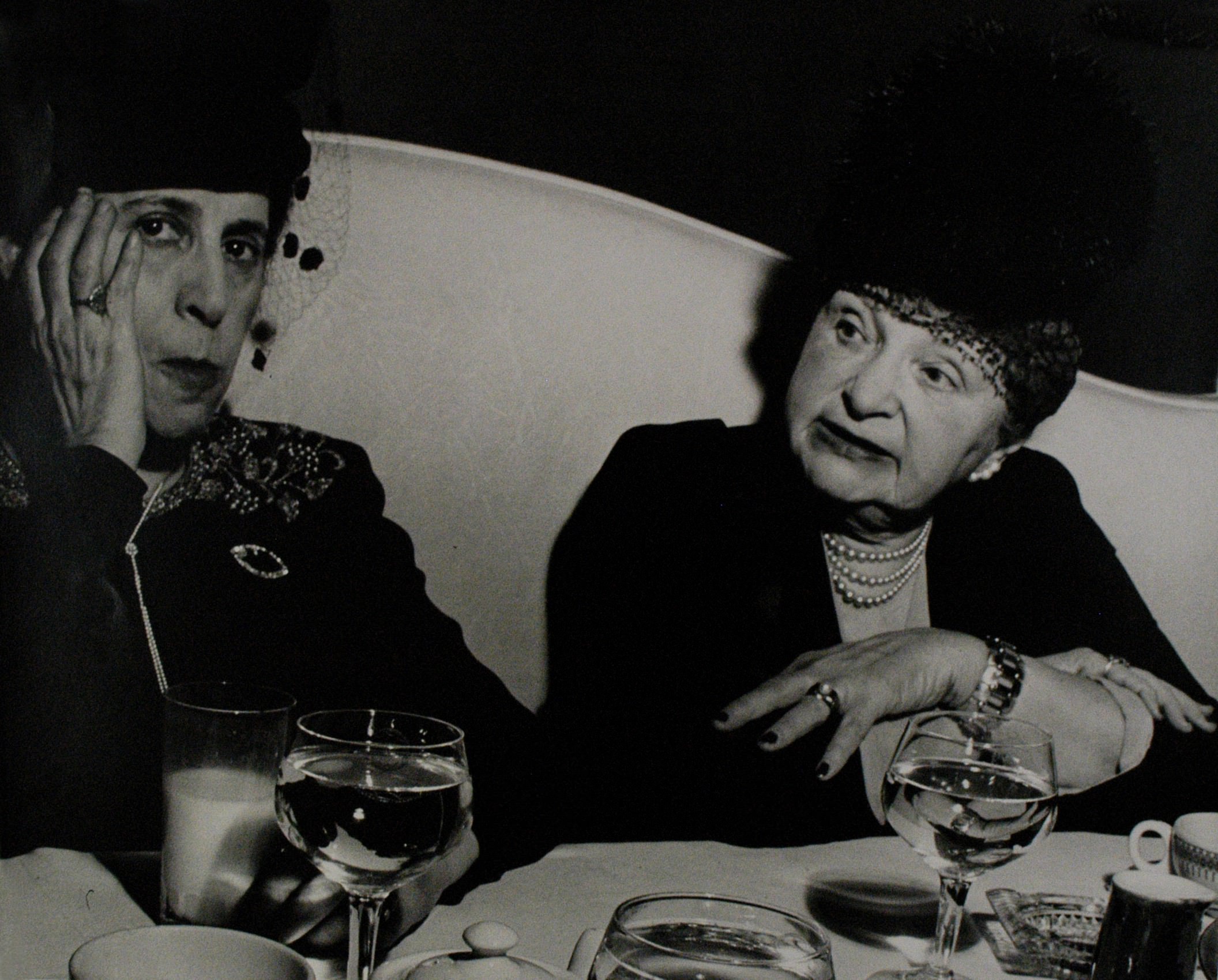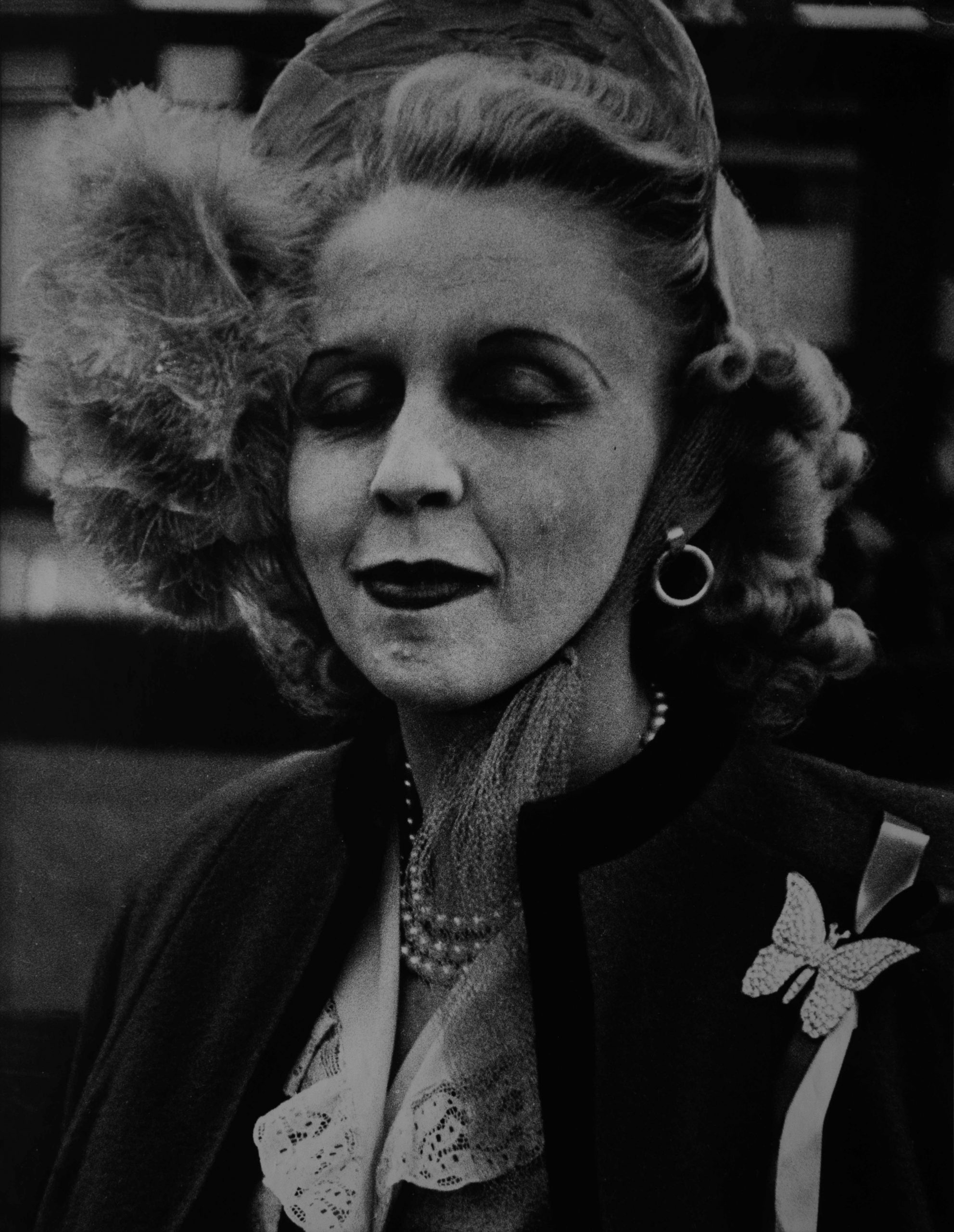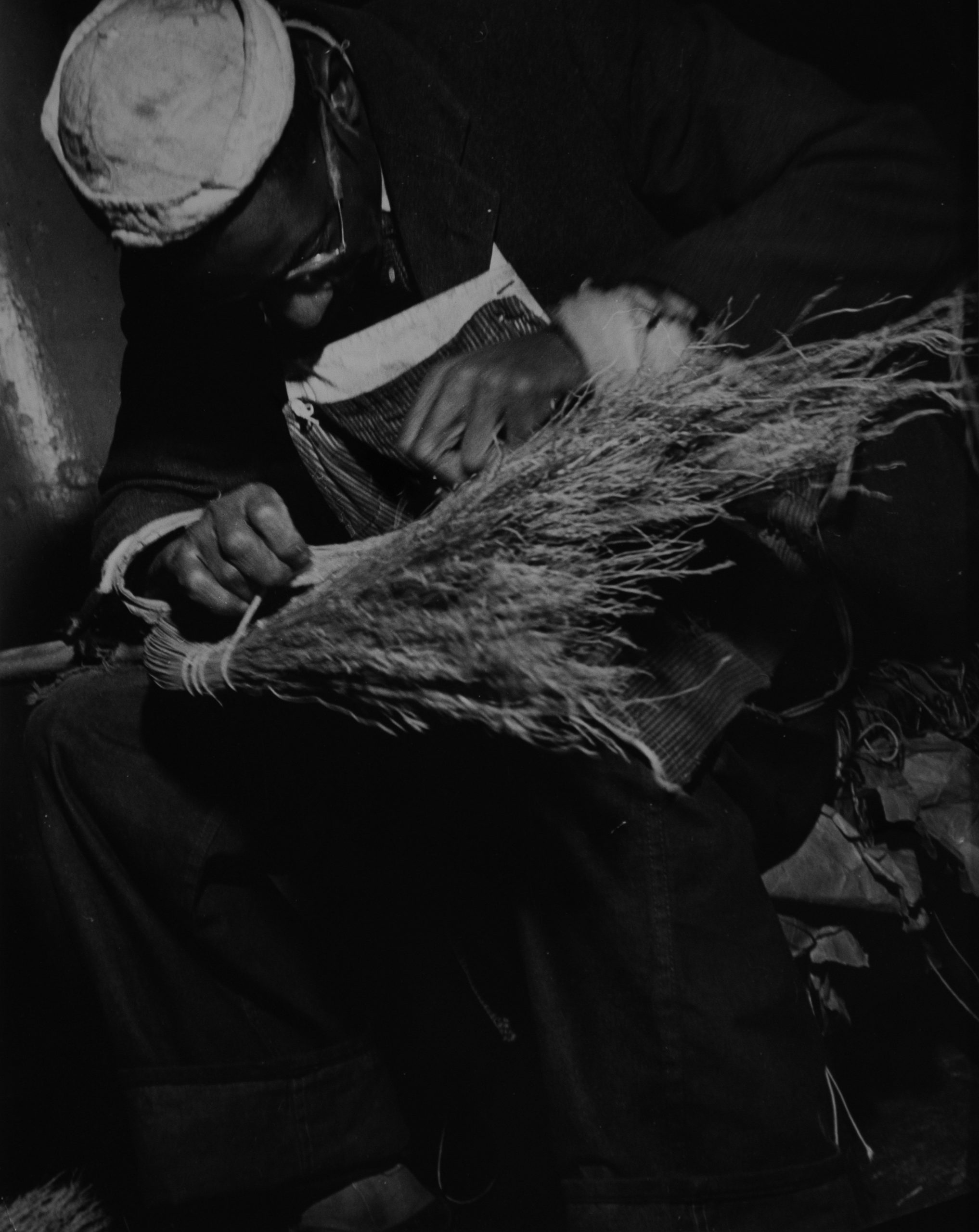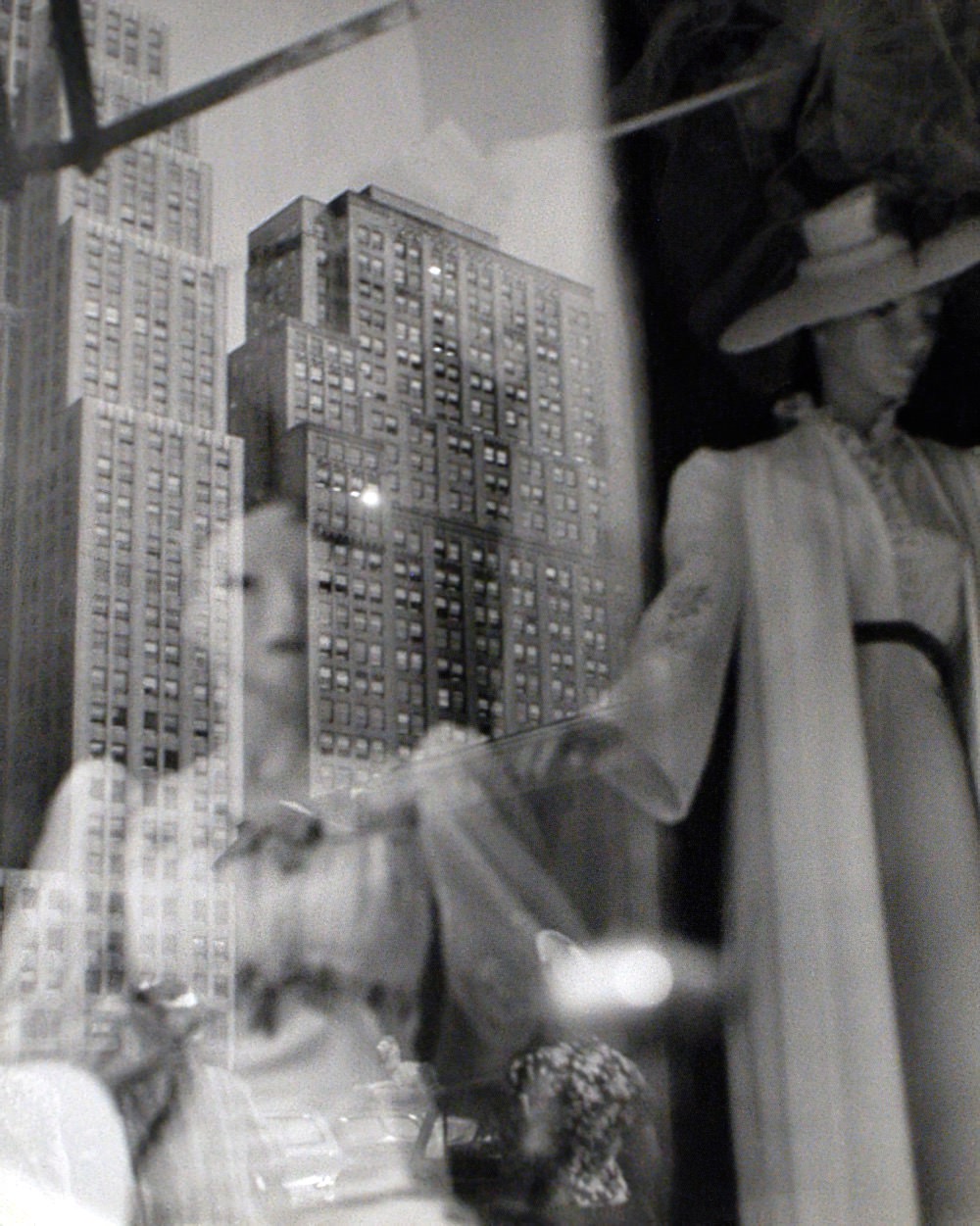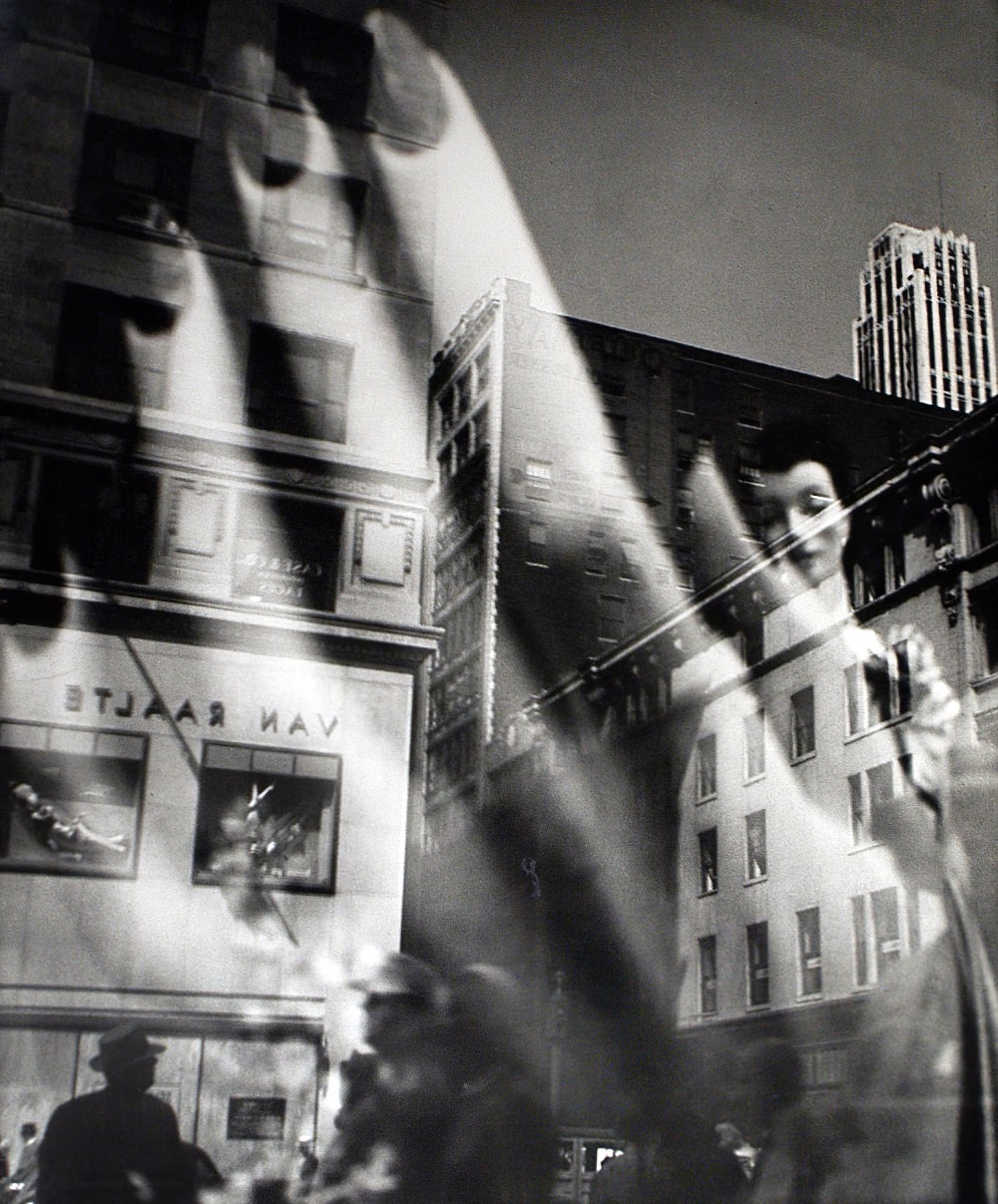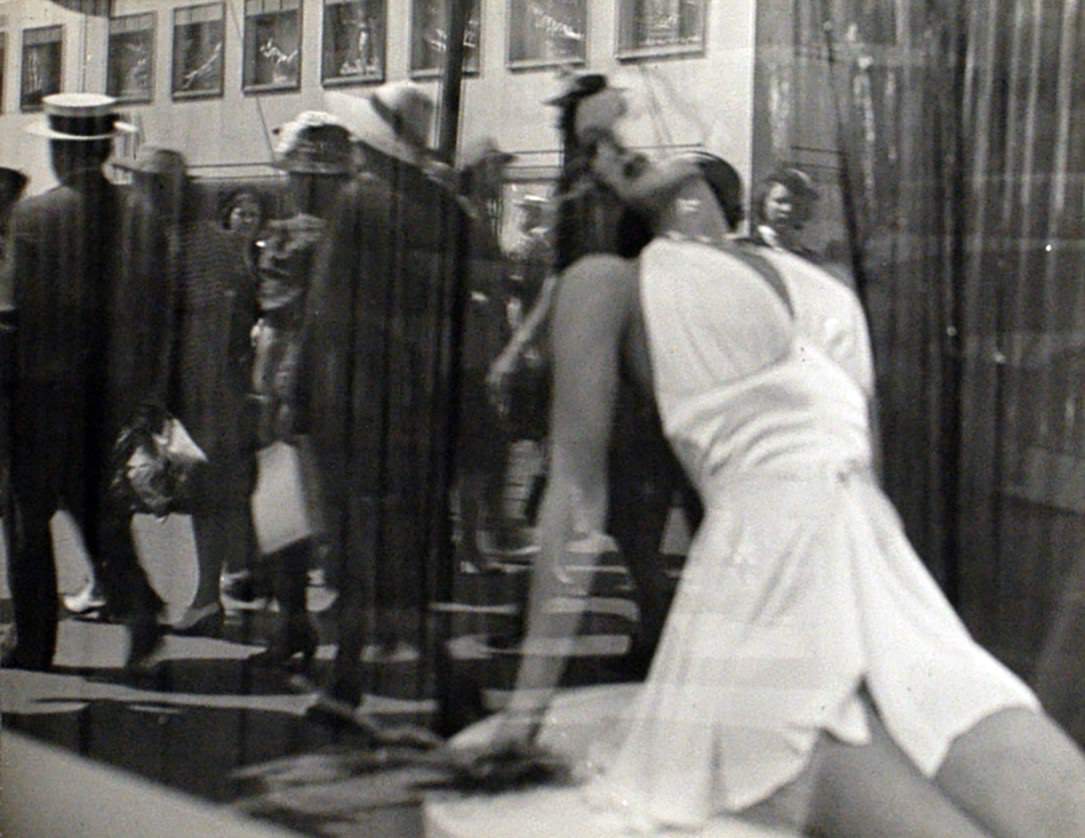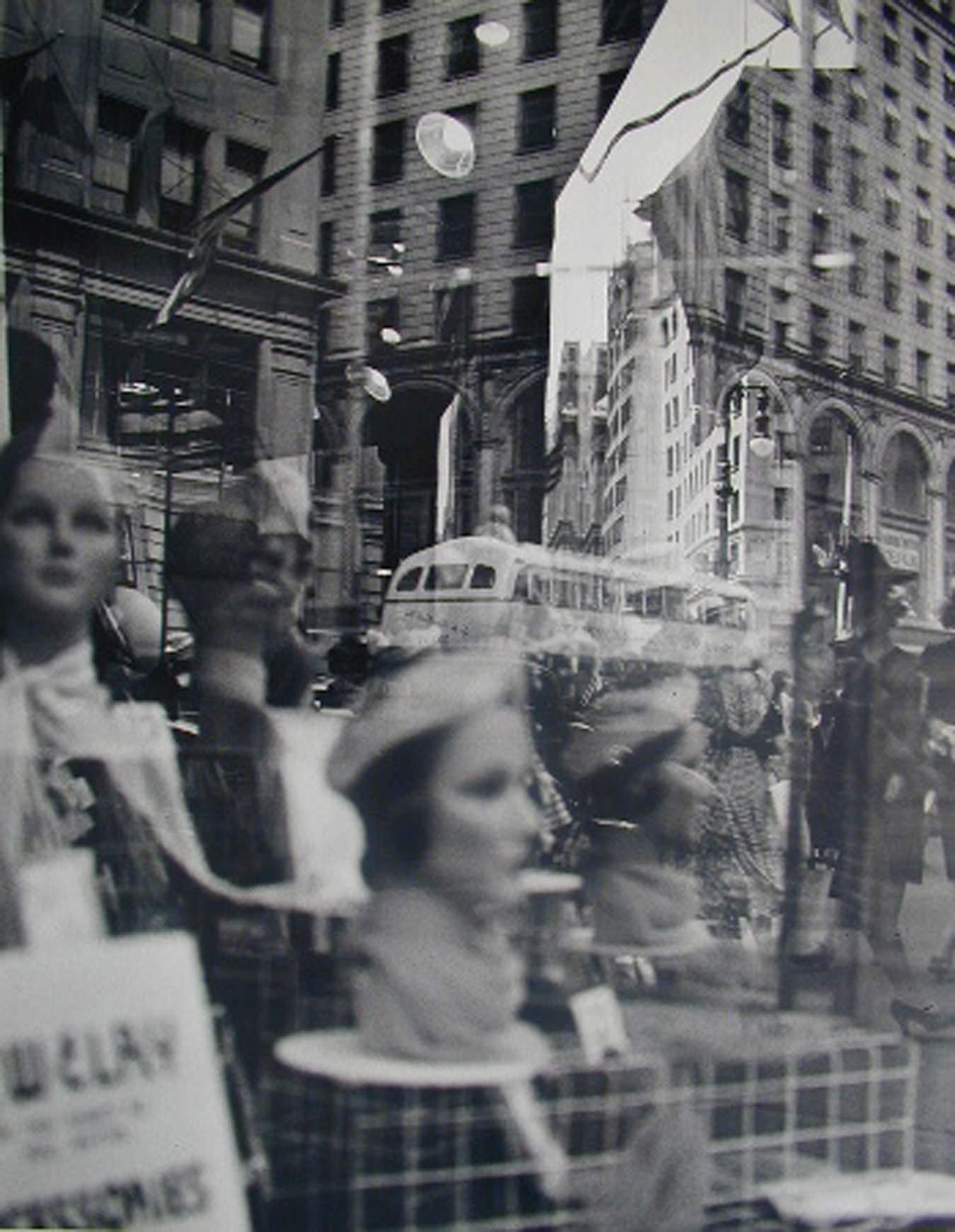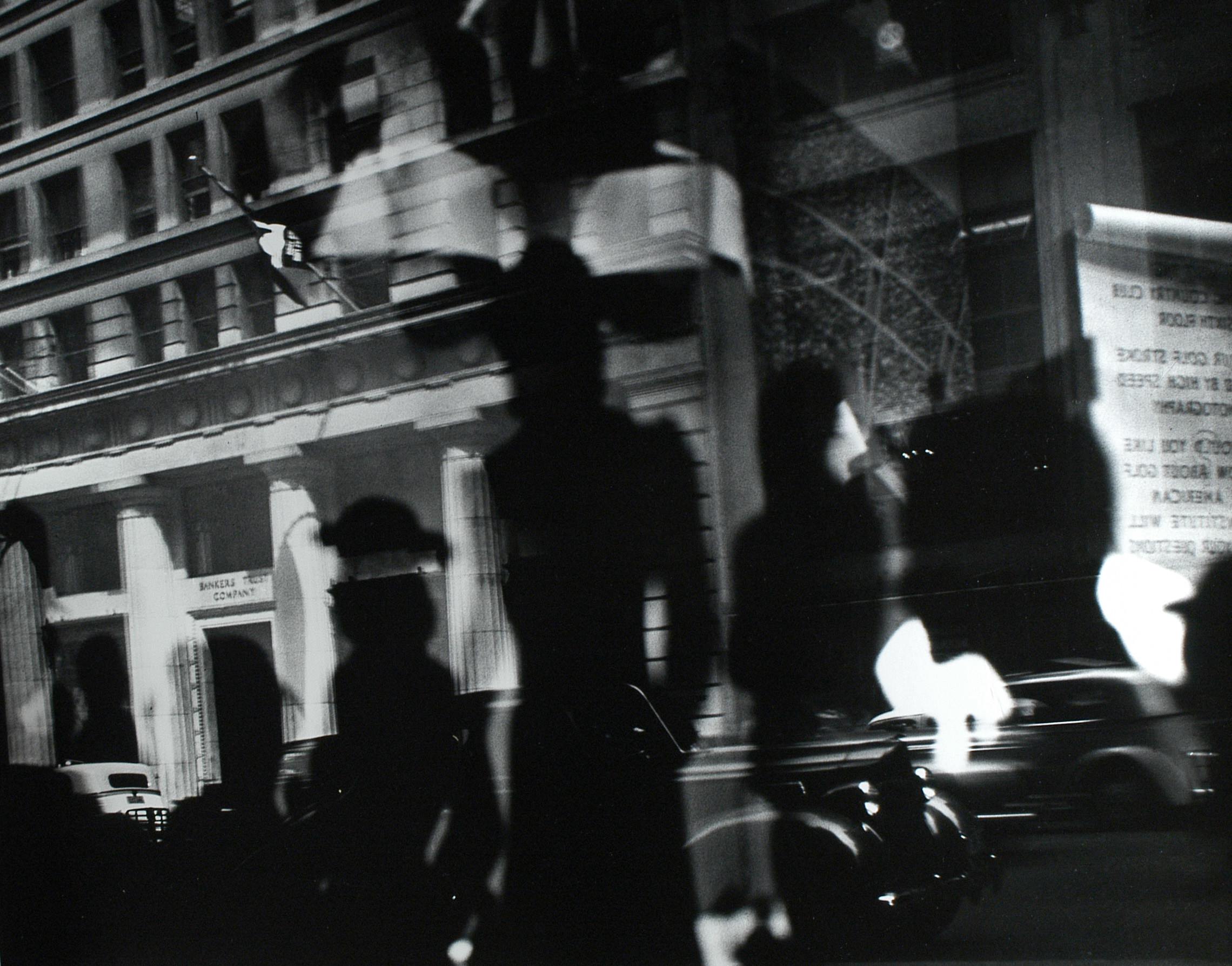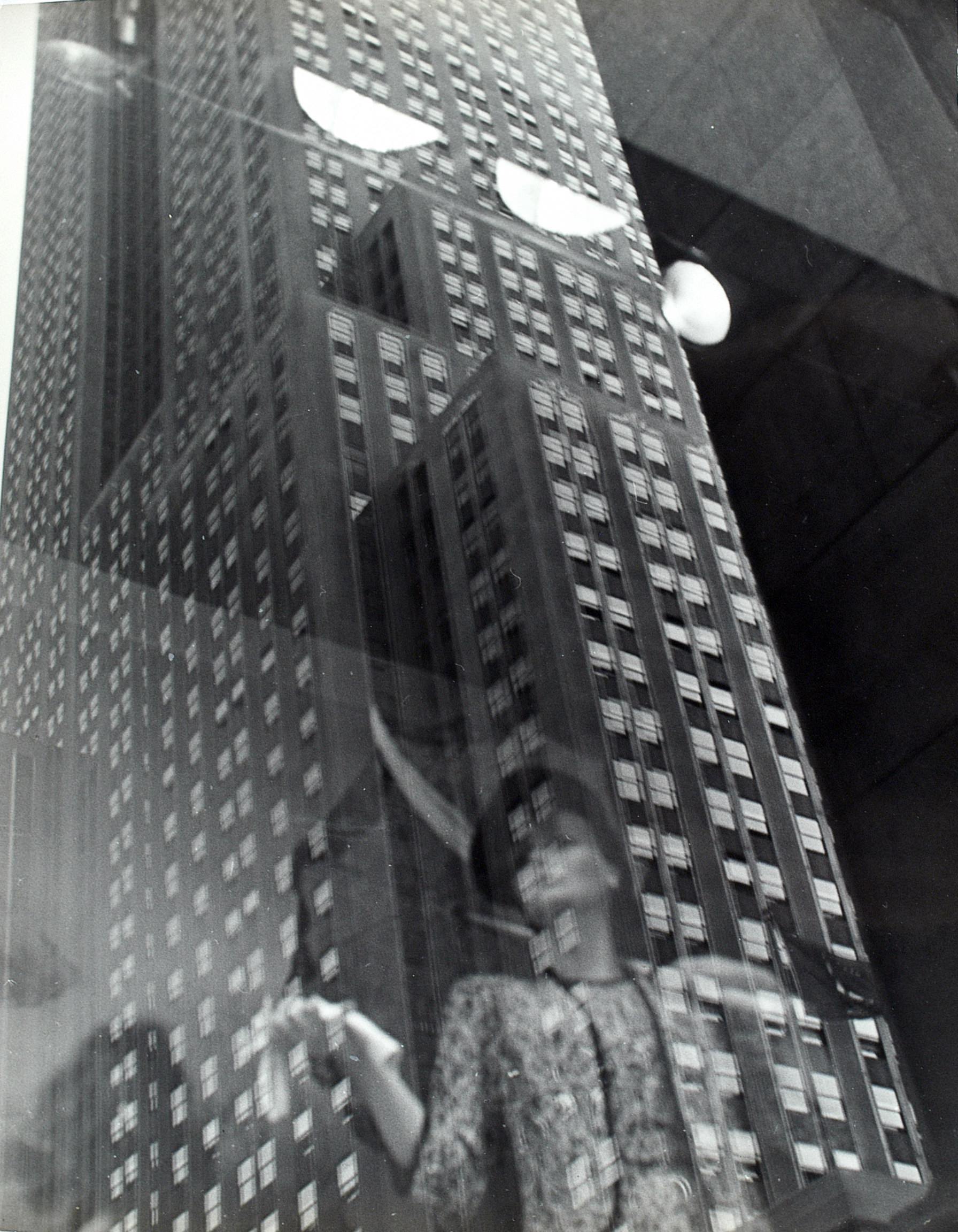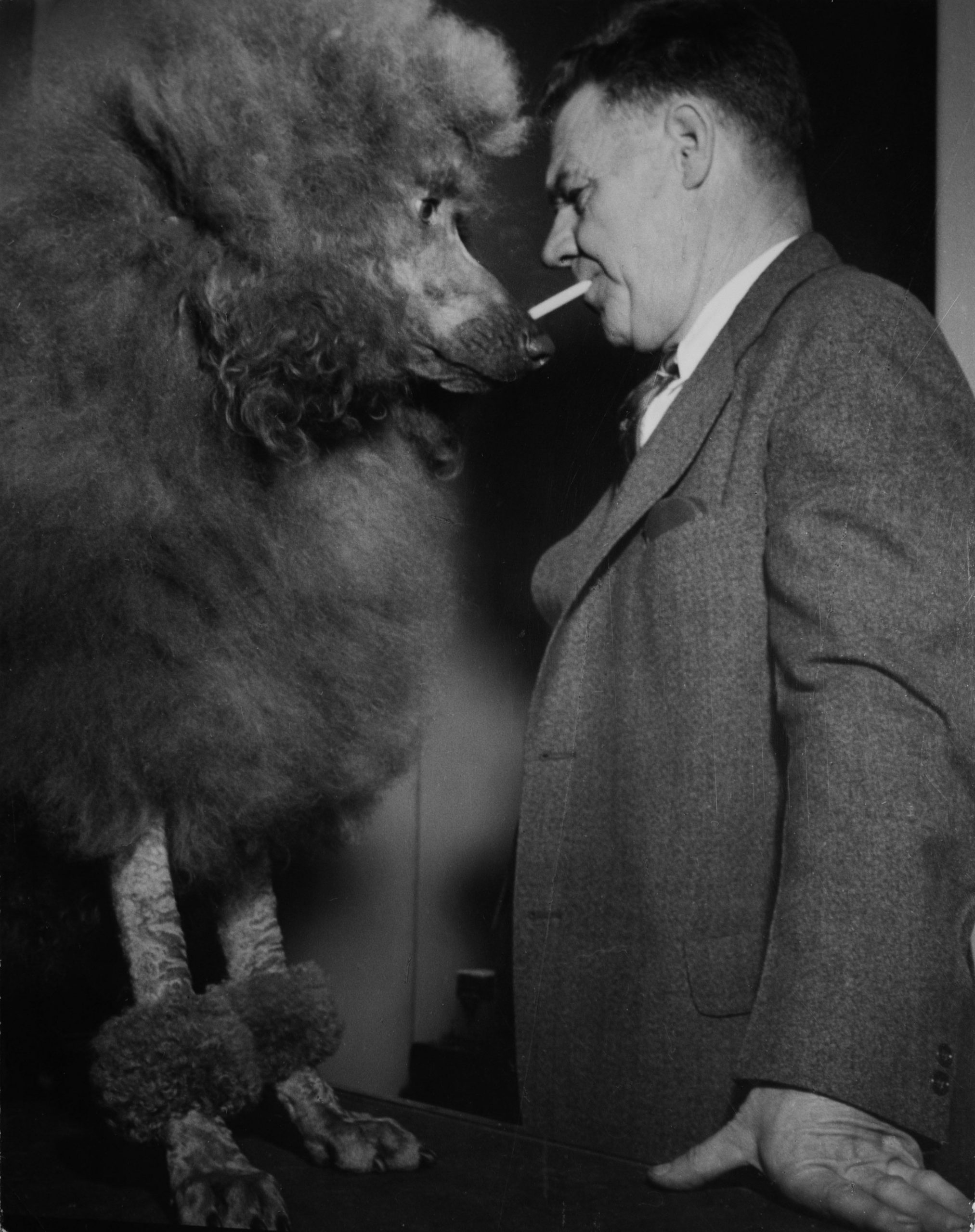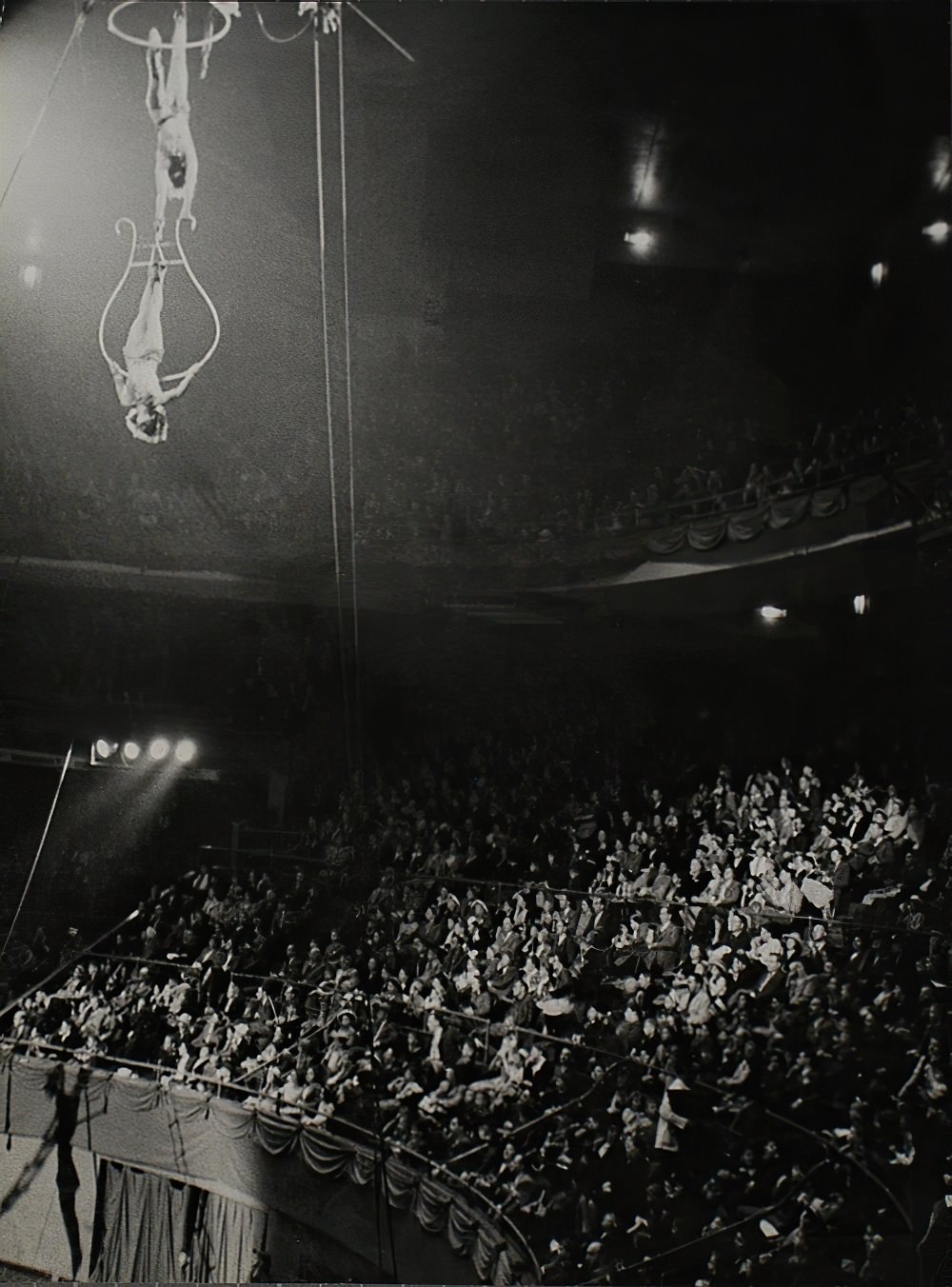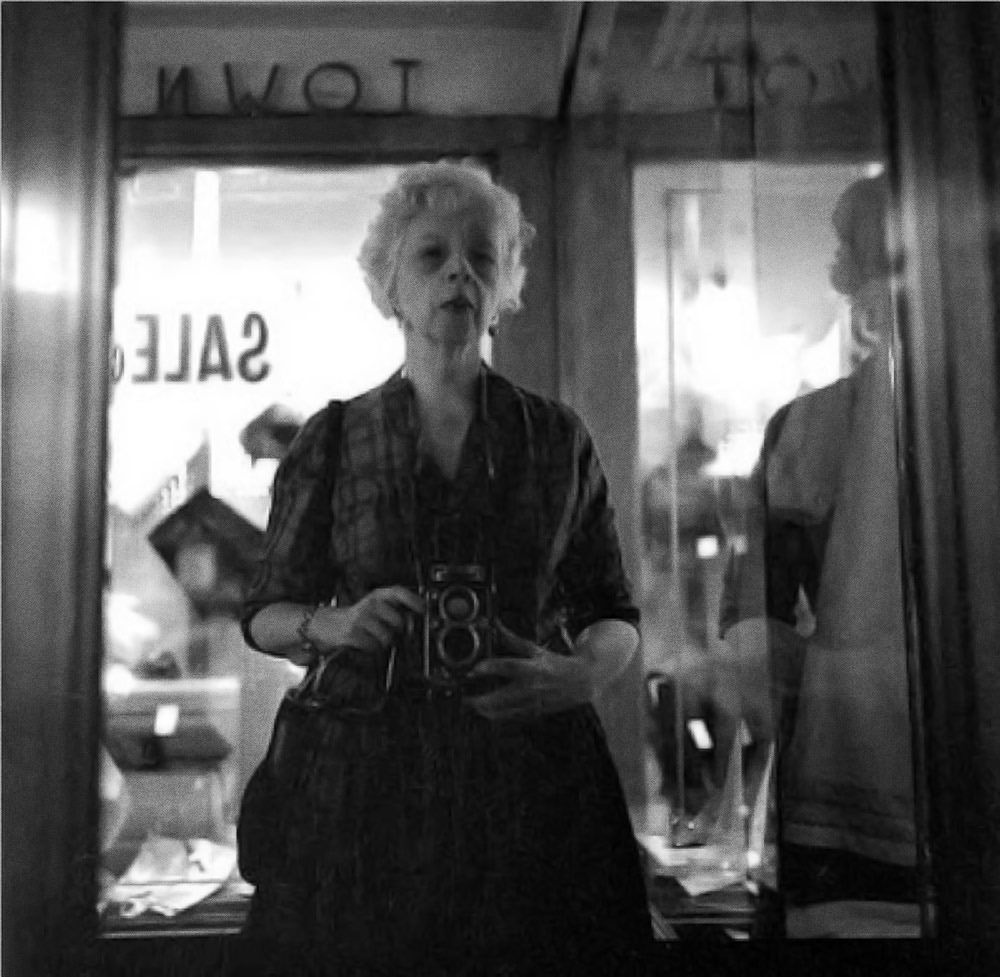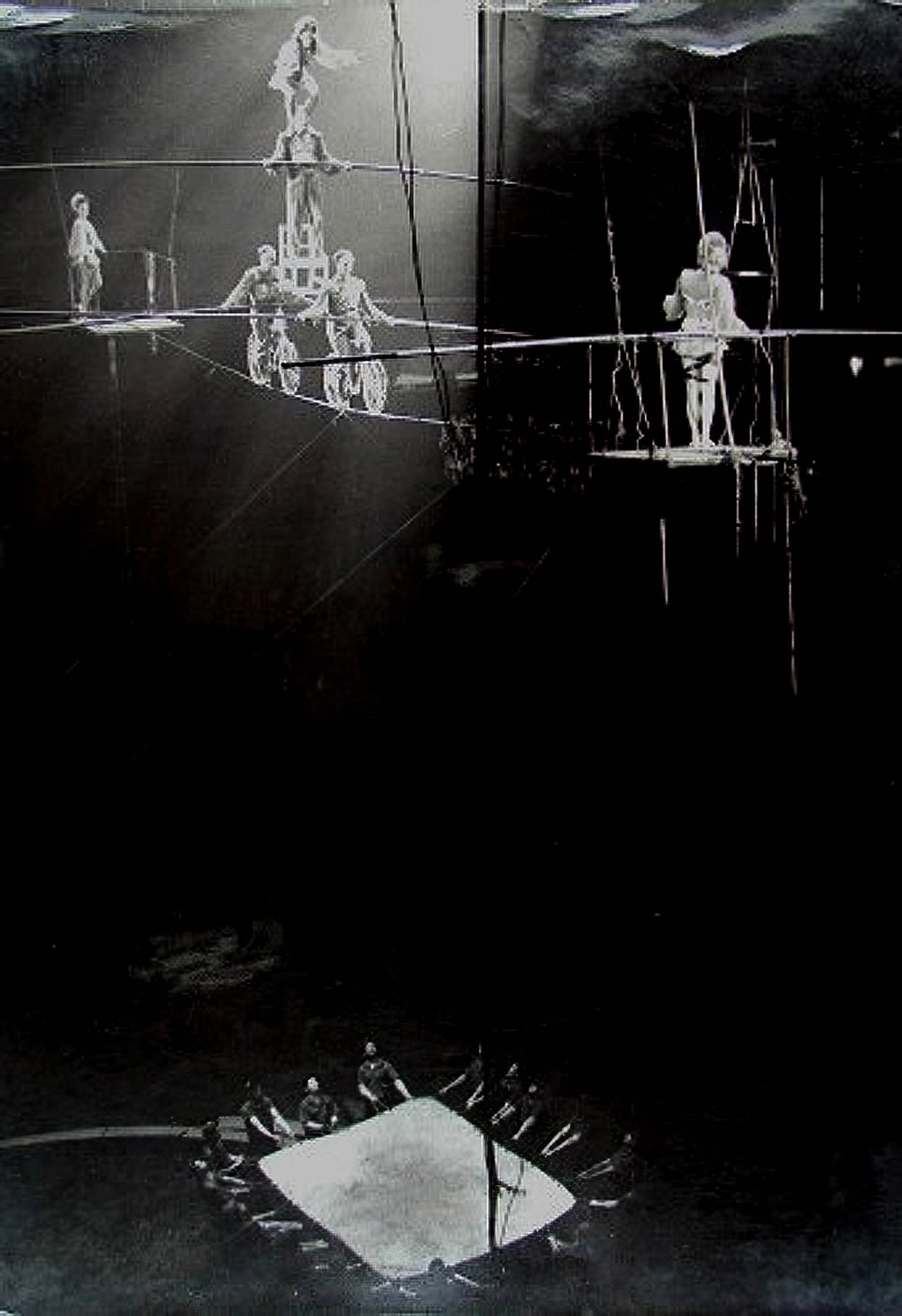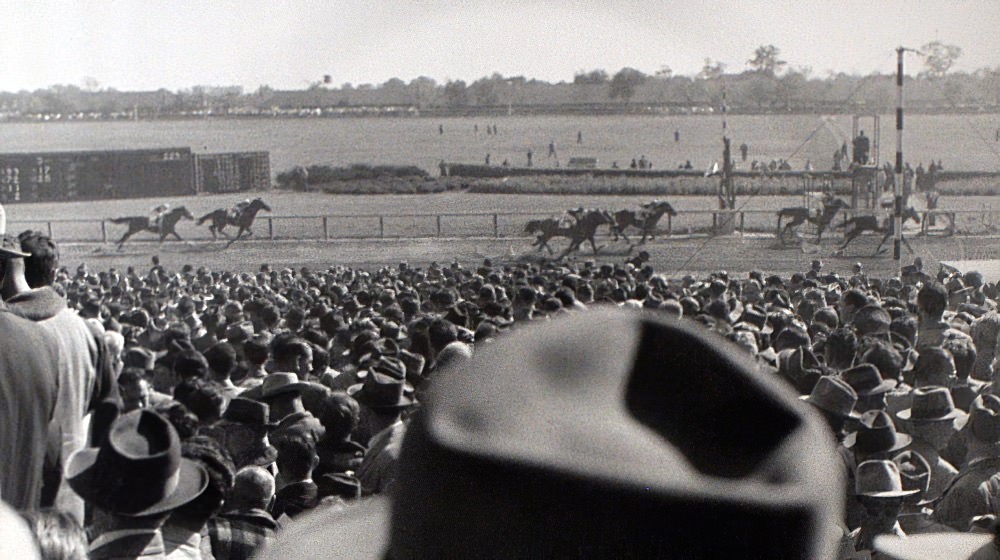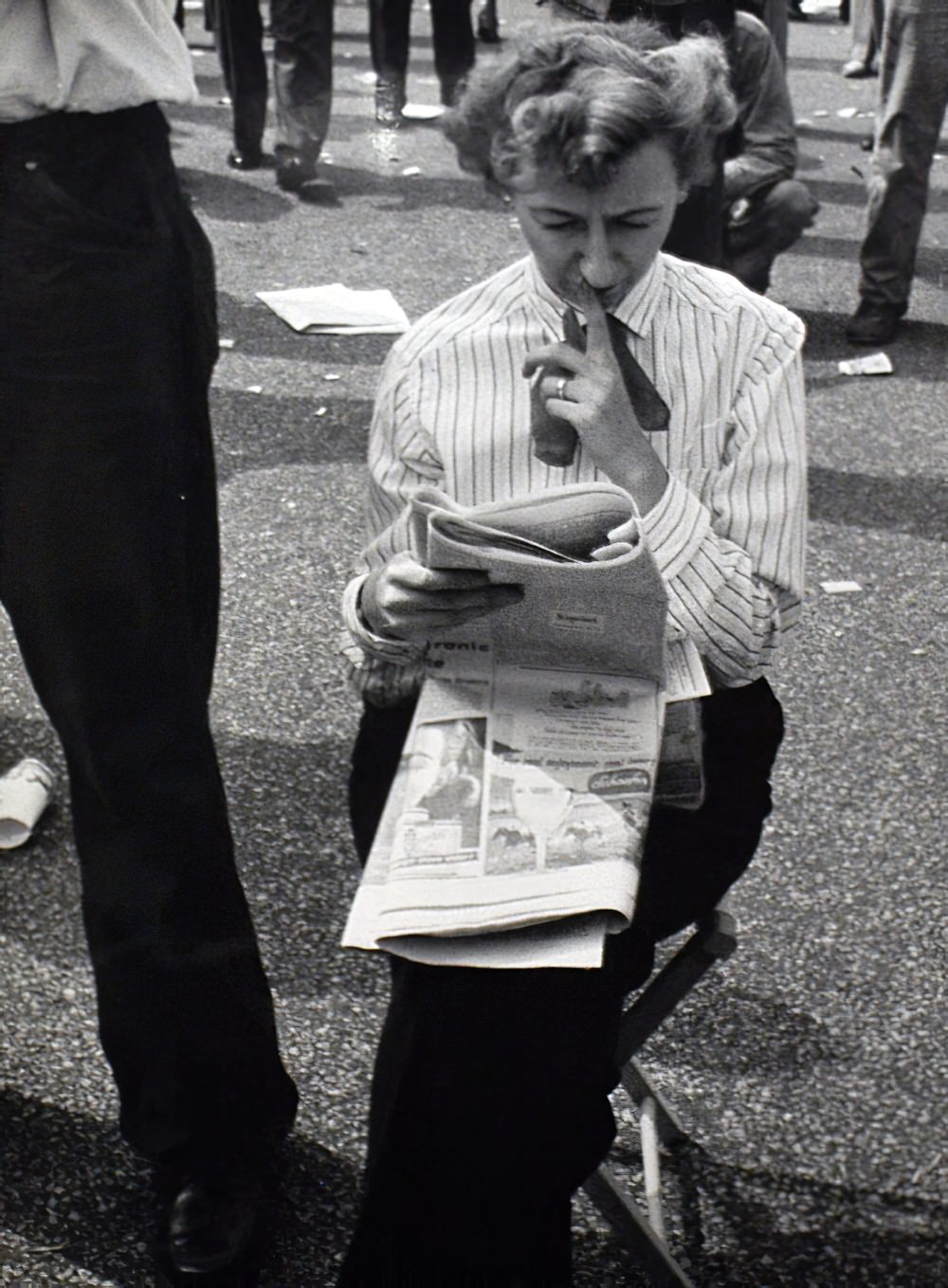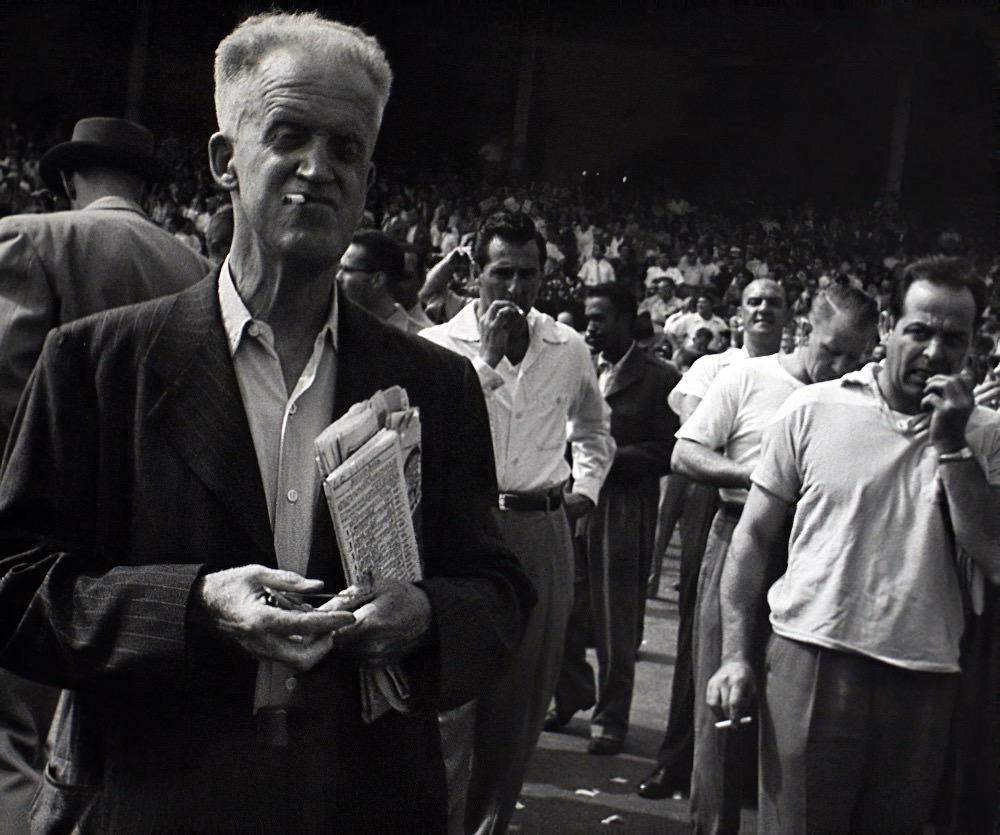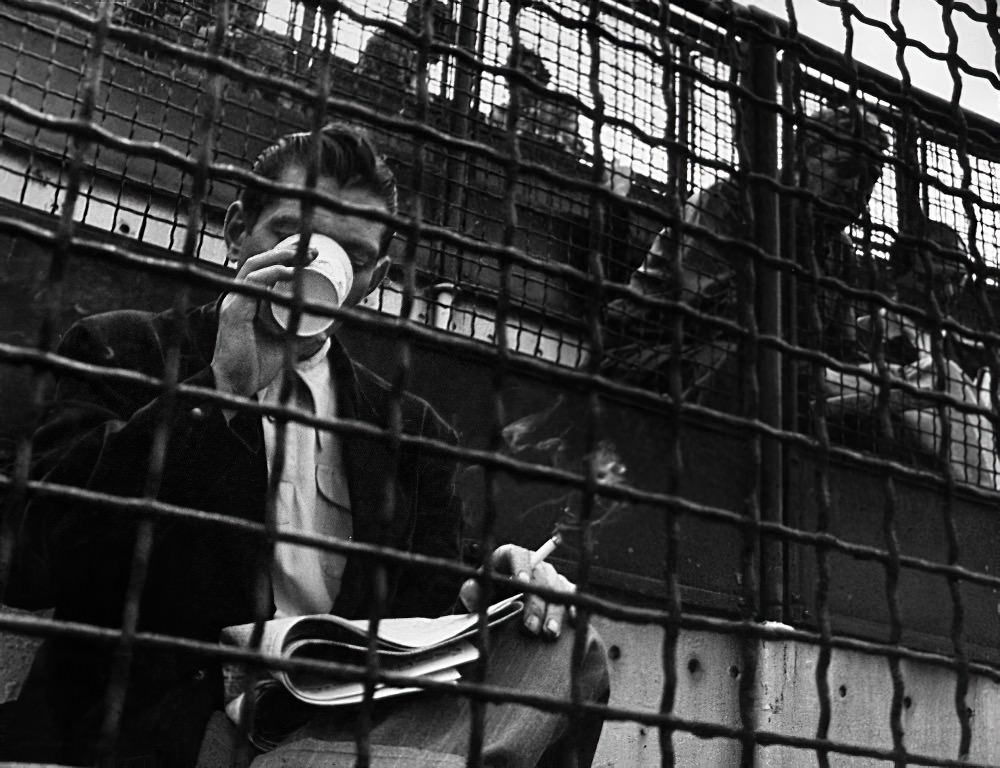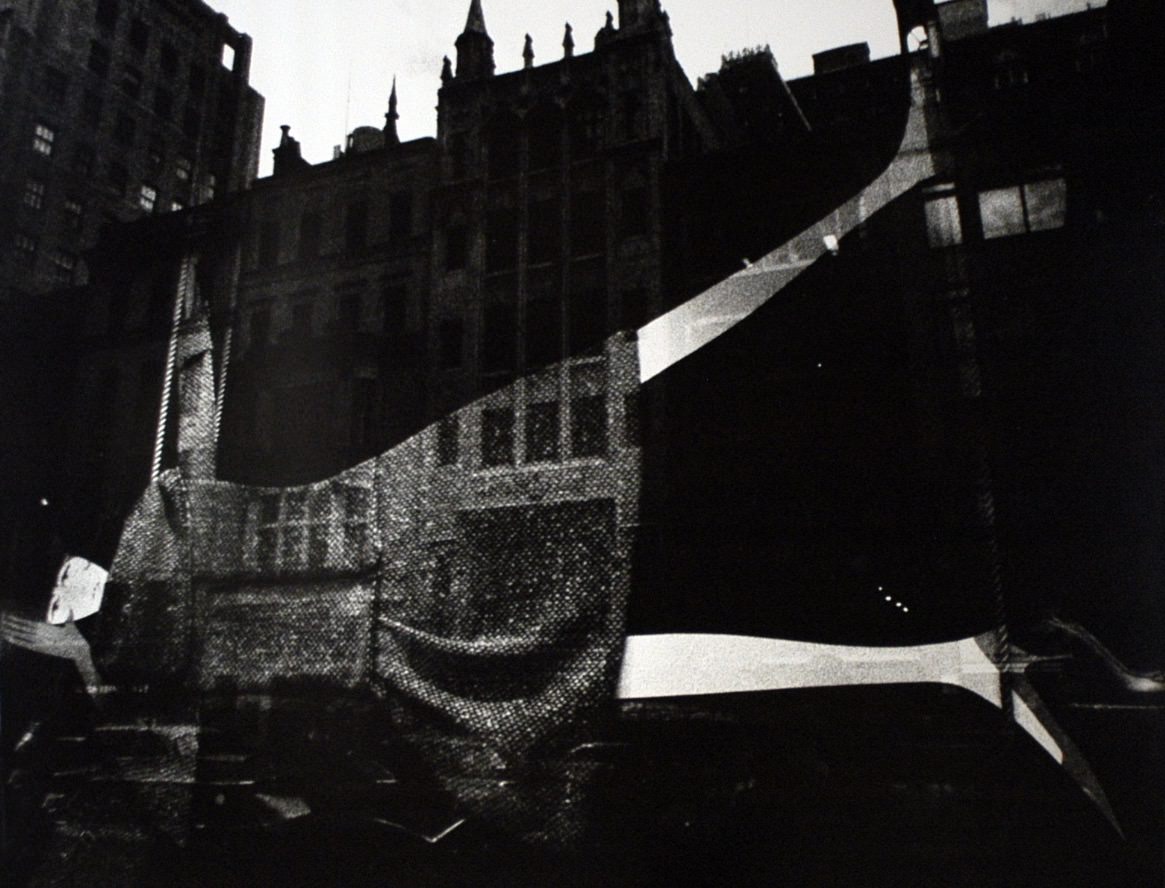Lisette Model: Street Life
The exhibition dedicated to Lisette Model, curated by Monica Poggi, is the first anthological exhibition to be held in Italy. With a selection of more than 130 photographs, the exhibition traces the artist’s career, underlining her importance in the development of photography in the 1950s and 1960s. Her name is often associated with her teaching period, during which she had several students who would go on to become some of the most famous photographers of the 20th century, such as Diane Arbus and Larry Fink.
Her influence, however, was much more widely felt also thanks to her marked ability to capture the most grotesque aspects of post-war American society with tongue-in-cheek irony. In the period of greatest growth for the United States, where everything seemed to promise the very rosiest of futures, she ‘dared to see’ reality in all its forms, even the less pleasant sides. Her close-up shots, the recurrent use of flash, and exasperated contrasts are all expedients aimed at accentuating the imperfections of bodies, flashy clothes, and impudent gestures.
There is no interaction between Model and her subjects, who tend to be captured unawares, while they are eating, singing, or gesturing awkwardly, transformed by her shots into characters to observe and investigate. The street, the nooks, and crannies of the Lower East Side and bars are for her the perfect stages on which unsuspecting actors perform in an irreverent human comedy. This personal reinterpretation of her documentary approach made her the forerunner of a way of using photography that would later be fully developed by the artists featured in the epoch-making New Documents exhibition at MoMA in 1967. The exhibition itinerary starts in France, where Model began photographing in the 1930s thanks to the lessons of her sister Olga.
It was during this period that she produced Promenade des Anglais, one of her best-known series, dedicated to the lazy and decadent bourgeoisie spending their summers in Nice and depicting the lives of Parisians spending their days on the city’s streets. After moving to the United States, she systematically began to photograph the inhabitants of New York with a contemptuous and ironic gaze, producing some of her most iconic images. However, the exhibition will also feature lesser-known projects, such as the reportage dedicated to the Lighthouse in San Francisco, an organization providing work and assistance to blind people, or the one taken during the horseraces in Belmont Park.
The city is also present in the first series made immediately after her arrival: Reflections and Running Legs, where she portrays it through the reflections created by shop windows and the legs of frenetic passers-by. Goods and buildings merge and mingle with the people walking by, in an ensemble that is both surreal and documentary. Of course, there is also no shortage of evocative shots taken inside jazz music venues, which she herself defines as places to seek out the true essence of the United States.
The exhibition is staged in collaboration with the mc2gallery in Milan, the Galerie Baudoin Lebon in Paris, and the Keitelman Gallery in Brussels.
The exhibition is accompanied by a catalog, published by Silvana Editoriale.
About the Author
Lisette Model (Vienna, 1901 – New York, 1983) Growing up in an upper-middle-class Viennese family, Lisette Model studied music with Arnold Schoenberg. After the death of her father, she moved to Paris, where she became interested in photography through her friendship with Rogi André, the wife of André Kertész.
In Nice, she took a series of unflattering photographs of the decadent and lazy bourgeoisie on holiday, published in 1935 by the left-wing newspaper Regards. In 1937 she married the painter Evsa Model and moved with him to New York, where she met the likes of Alexey Brodovitch and Beaumont Newhall. Her photographs began to appear systematically in magazines such as Cue, PM Magazine, Look, Vogue, and The Saturday Evening Post. In 1940, she was among the artists selected for Sixty Photographs: A Survey of Camera Aesthetics, the inaugural exhibition of the Newhall-led photography department at the Museum of Modern Art, New York, and the following year she held her first solo show at the Photo League. In 1951 she began teaching at the New School for Social Research: her courses were followed by numerous protagonists of American photography in the 1960s and 1970s, including Diane Arbus. The most recent exhibitions of her work include those at the Aperture Gallery in New York in 2007 and at the Jeu de Paume in Paris in 2010.
Lisette Model. Street Life
28 April – 4 July 2021
Camera – Turin – Italy
More info on Camera website.

